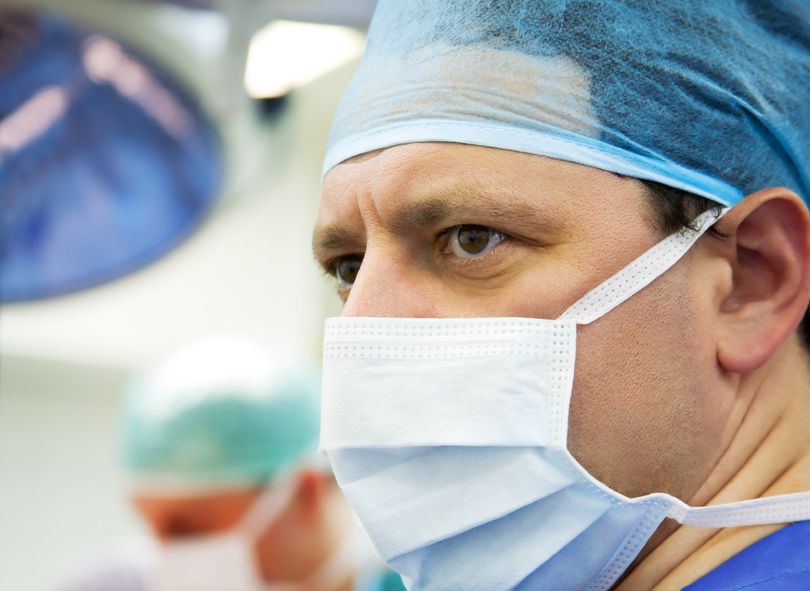
Cataracts are a progressive blockage of light in the eye’s lens, which sits behind the iris. Vision depends on clarity in both the lens and the cornea (clear front part) so that light can enter the eye and focus on the retina (the back inside surface). Both the cornea and lens bend (refract) the incoming light so that in a 20/20 eye it focuses clearly regardless of what distance it is coming from. In other words, the person has clear vision at all distances.
How do Cataracts Form?
Cataracts are small opacities in the lens which gradually grow larger. The lens consists mostly of water and proteins. A cataract is a tiny clump of protein cells and typically they start to form after middle age.
The lens protein is becoming denatured – disrupted in its cell activity. When we boil an egg we are denaturing the egg protein and making it hard. If we leave milk sitting out until it curdles, that is denatured milk protein. Denatured cells tend to aggregate – that is, cross-link or clump. Cataracts are denatured lens protein.
Cataracts are not inevitable like presbyopia, but there are risk factors such as:
- Extensive exposure to UV rays
- Family history of cataracts
- Radiation exposure
- High blood pressure
- Diabetes
Cataracts begin slowly, at first causing no vision impairment. As they expand and increase in number they involve more and more of the lens, and if nothing is done they will cause complete blindness.
What Does Aspirin Do?
Aspirin (acetylsalicylic acid) is a non-steroidal anti-inflammatory drug (NSAID). It is commonly taken to relieve pain, reduce fever and reduce inflammation. It also “thins the blood”, meaning that it reduces the blood’s tendency to clot. Therefore it is taken in daily low doses to help prevent heart attacks and strokes which might otherwise be caused by a blood clot.
The University of Reading in the U.K. has ongoing research at its School of Animal and Microbial Sciences (AMS). The head of AMS is Professor James Crabbe who presented his findings at a recent gathering of people interested in aging.
“We have found that aspirin inhibits the protein cross-linking process responsible for cataract”, he said, suggesting that aspirin “could delay the onset of cataract by 43 percent”. Similar studies of ibuprofen (Advil and Motrin) have suggested that these drugs could reduce cataracts by 50 percent.
At present there is no way to remove cataracts from the lens once they form. Instead the lens must be removed from the eye and replaced with an artificial lens. It would be a great step forward in eye care if ophthalmologists could prescribe preventive treatments for cataracts, such as a daily aspirin, Advil or Motrin.






